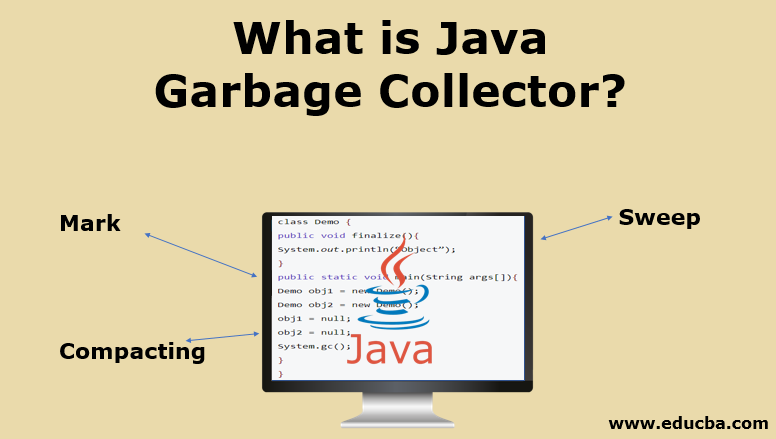

Each GC thread has one PLAB for Survival space and one for Old space.
#BETTER TRASH COLLECTION JAVA FREE#
PLABs are required to avoid competition of threads for shared data structures that manage free memory.Each thread may need to allocate space for objects being copied either in Survivor or Old space. Promotion Local Allocation Buffers (PLABs) are used during Young collection.

This works in most cases except for larger SPARC systems where the value of n can be approximately 5/16 of the logical processors. If there are more than eight logical processors, sets the value of n to approximately 5/8 of the logical processors.The value of n is the same as the number of logical processors up to a value of 8. Sets the value of n to the number of logical processors. Sets the value of the STW worker threads.This setting is not available in Java HotSpot VM, build 23. This setting replaces the -XX:DefaultMaxNewGenPercent setting. See “How to unlock experimental VM flags” for an example.The default value is 60 percent of your Java heap. Sets the percentage of the heap size to use as the maximum for young generation size.This setting replaces the -XX:DefaultMinNewGenPercent setting. The default value is 5 percent of your Java heap. Sets the percentage of the heap to use as the minimum for the young generation size.The specified value does not adapt to your heap size. Sets a target value for desired maximum pause time.The goal is to have around 2048 regions based on the minimum Java heap size. The value will be a power of two and can range from 1MB to 32MB. You can adapt and tune the G1 GC to your application performance needs by entering the following options with changed settings on the JVM command line. This list applies to the latest Java HotSpot VM, build 24. Here is a list of important options and their default values.

The G1 GC is an adaptive garbage collector with defaults that enable it to work efficiently without modification. For example, -XX:= sets the option to the value. For example, -XX:+ activates the option while -XX:- deactives that option.įor a flag that takes a non-boolean value like a text string or an integer number, we first have the name of the flag followed by a “=”, and then the value to set. All XX flags start with “-XX:”, but then the syntax differs depending on the type of flag.įor a boolean flag, we either have a “+” or a “-” and only then the actual name of the JVM option to set. These cards contain locations of references that point into this region. A regions’s Remember Set consists of card addresses. It records references from other regions to objects in this region. Remember Set(RSet):- The RSet is like a card table for each region. Mixed GC:- The collection set of the mixed gc includes both young/survivor regions, but also old regions. Young GC:- The collection set of the young gc includes only young/survivor regions. If HS is not big enough for this object, one or multiple HC regions will be used. Regions used for humongous objects are HS(Humongous Start) and HC(Humongous Continuous). Humongous Objects:- If the size of the object is larger than ½ of the region size, then g1 treats this object as Humongous Object. The number of young/survivor/old regions in CSet is decided dynamically according to pause time goal and other heuristics. In other words, the heap region size is one of 1M, 2M, 4M, 8M, 16M and 32M.Ĭollection Set(CSet):- The set of regions to be collected in a gc pause. The selected heap region size is power of 2 MB, with the minimum of 1M, and maximum of 32M. If -XX:G1HeapRegionSize is not defined in the command line, G1 will try to divide the heap into 2048 regions. The regions for Eden, Survivor and Old are not contiguous. Heap Region:- G1 divides the heap into heap regions.


 0 kommentar(er)
0 kommentar(er)
